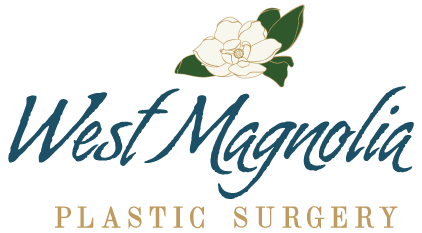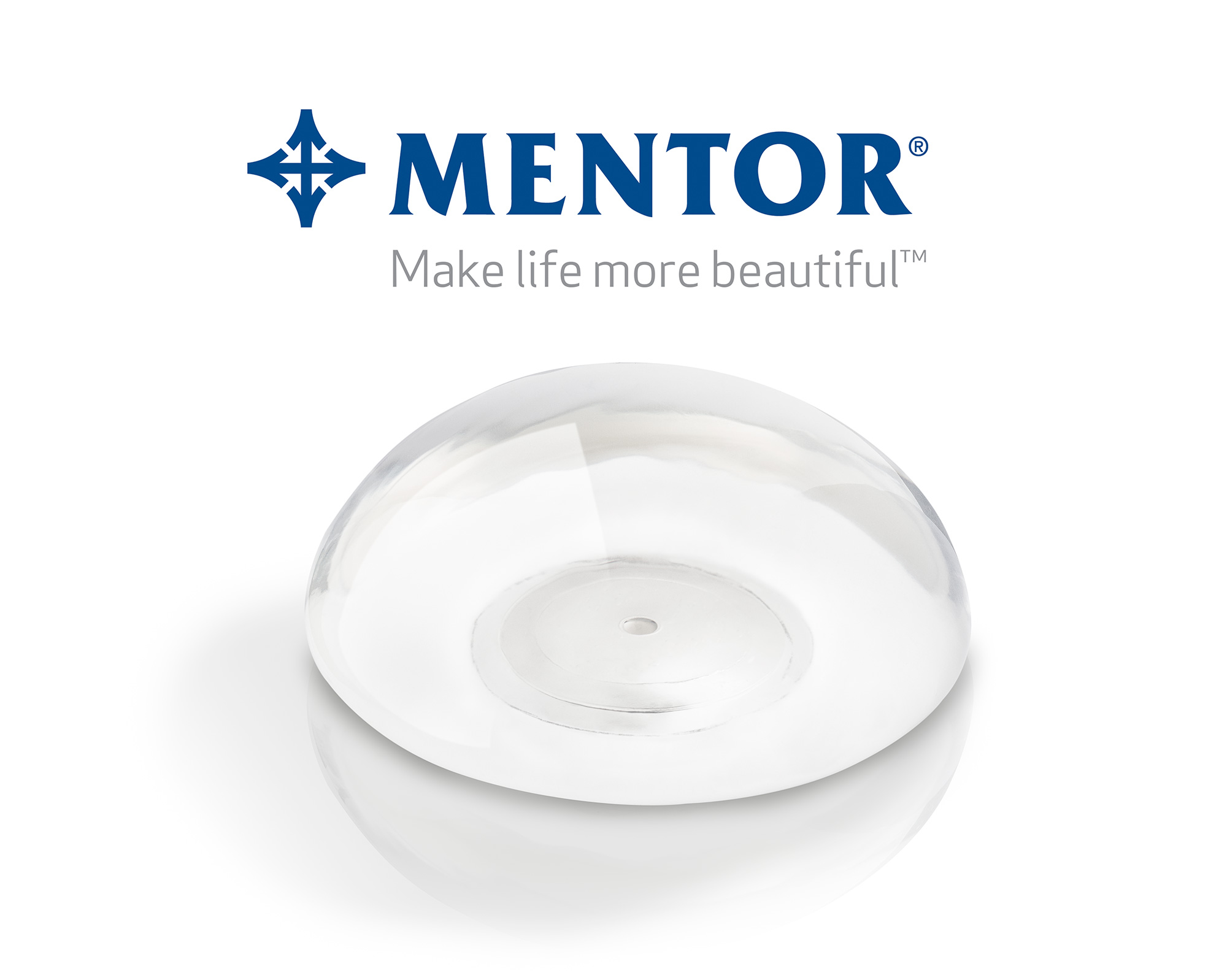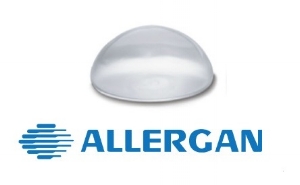Breast Augmentation Mastopexy
What is Breast Augmentation Mastopexy?
Augmentation Mastopexy indicates a breast implant and a breast lift are performed at the same time. If this combination of procedures is executed, the implant is always placed first to enlarge the breast then the lift is performed to appropriately shape the tissues over the implant.
What Implant Should I Choose?
Breast implants are either silicone or saline. The most common implants used in my practice are silicone gels because they are natural in appearance and feel and very safe. Saline implants have a higher risk of rippling and may not feel as natural through the tissues as silicone implants but for specific reasons outlined at time of consultation, saline implants are sometimes a very good alternative to silicone gels. Dr. McLaughlin uses only FDA approved implants including breast implant manufactures: MENTOR & ALLERGAN. Each offer warranty options.
Are Breast Implants Safe?
Breast implants are very safe and most patients enjoy the results of their decision to proceed with breast augmentation for many, many years. The potential risks related to implants include the possibility of loss of nipple sensation and capsular contracture formation (hardening of the tissue around the implant), among other things. Silicone or saline implants can rupture over time; this is generally a contained or intracapsular rupture and is managed with removal and replacement of the breast implant.
Where Will My Incisions Be?
Concentric:
This technique is for patients with a very modest need for nipple repositioning, estimated at 1-2 centimeters. An incision is made around the areola, which has often been reduced to some degree from the native areolar dimension. A skin incision is made based on the desired final areolar position. The final scar is around the perimeter of the areola.
Vertical mastopexy (“Lollipop”):
This technique is indicated for patients with a more significant need for nipple -areolar elevation and correction of breast ptosis (deflation). The incisions are around the areola and from the border of the areola at 6 o’clock downwards to the inframammary fold.
Inverted T (Wise pattern, “Anchor”):
The most significant and effective technique to reshape the breast and elevate the nipple-areola to the desired final location. Incisions are around the areola, from the areola to the fold and along the fold. The final length of the incision in the fold is related to the degree of deflation of the breast but generally is relatively short. Patients with this type of mastopexy generally have a drain placed during surgery that is removed once volume is sufficiently low to remove.
Implant Placement
The decision to place an implant over or under the muscle is a function of many factors. For a patient with very thin tissue coverage in the top part of the breast or a personal or significant family history of breast cancer, subpectoral augmentation is generally recommended. With adequate tissue coverage, Dr. McLaughlin's preference is implant placement over the muscle, or the subglandular plane. This option avoids concern for animation of the breast when the muscles naturally flex with activity and, in my opinion, results in a more natural postoperative result.
Length of Breast Augmentation Surgery
Augmentation mastopexy generally takes between an hour and a half and 2 and a half hours if not combined with other procedures.
What Kind of Anesthesia Will I Have?
General anesthesia is used for breast augmentation because it is safe and very well controlled. West Magnolia Surgery Center, on site at West Magnolia Plastic Surgery, is fully accredited by the AAAHC. Local anesthesia in injected into the incisions once the patient is under anesthesia for enhanced postoperative comfort.
What is breast augmentation mastopexy recovery like?
Activity restrictions after breast augmentation are related to the healing and maturation of the pocket around the implant. For the first 2 weeks, patients are instructed to restrict lifting to less than 20 pounds. After that point, patients are instructed to wear an underwire bra for improved breast and implant support. I believe in implant massage to help reduce capsular contracture and my patients generally start this around week 2. By 8 weeks I allow return to regular activity for the most part. The majority of patients feel so good by postop day 3 or 4 they struggle to remain compliant with restrictions.
Patients leave the surgery center with a surgical bra in place to secure their dressings. Most patients have very little soreness after surgery and if any it is along the incisions. All patients are given prescriptions for pain medication and instructions on how to use it preoperatively.
Risks Associated with Breast Augmentation
The risks of breast augmentation include bleeding, infection, asymmetry, loss of nipple blood supply and loss of nipple sensation. The most notorious potential sequelae of breast augmentation is capsular contracture: excessive scar tissue around the implant. The exact cause of this finding remains elusive to Plastic Surgeons but many steps have been shown to reduce the risk, all of which are executed at West Magnolia Plastic Surgery.
The risks of breast lift include bleeding, infection, asymmetry, loss of nipple blood supply and loss of nipple sensation.
Preparing for Surgery
A preoperative appointment is scheduled approximately 2 weeks prior to surgery. At this time, all consents and recommendations, instructions for before and after surgery are reviewed. A long list of medications to avoid is reviewed and prescriptions are given for postoperative management. The day before surgery, all patients are called to review final questions, confirm nothing has occurred since the patient was seen at preop that might require rescheduling of the procedure and to finalize arrival time at the facility. All patients are given ample information at the preoperative appointment regarding a time line of what to expect in the recovery process and when.





